During the II World War, in the winter of 1944-45, Netherlands suffered what has been called The Hunger winter. The famine affected 4.5 million people and brought to dead around 20,000 people. The starvation period ended with the liberation by Aliies in May 1945.
When the war ended, the Dutch government boosted the economy recovery through intensive investments. It helped to create large-scale farms merging smaller pre-war family farms. The subsidies helped farmers to invest in mechanized equipment and, therefore, increase the productivity. Today the Netherlands not only export more food than what consumed domestically, but they are the second global food exporter.
This kind of food production, unfortunately, increases the food standardization and does not allow any biodiversity. That’s why no one is able to answer to the question: “which is the typical Dutch dish?”. Hopefully Netherlands did not stop to the second post-war, but is becoming a land of food innovation, food waste re-usage, gourmet food.
It is a land where kitchens are becoming a service: Kitchen Republic is a Food Business Incubator which aims to lower barriers to entry for local food startups with innovative ideas and products. What they provide to startups is an unique ecosystem, a network, constant inspiration, test opportunities and feedback). Basically the idea is to provide the physical platform, a shared commercial kitchen that helps local food producers and food startups in general to enter in the business without doing the investment of a private kitchen, therefore reducing cost and risk. Moreover, they work also with big food companies offering, similar to a pilot plant, the possibility to fast develop a new product and test it in the local market.
It is a land where restaurants and hospitals share the same space. This is the case of Maison van den Boer. Low quality food in hospital canteen are a waste for several reasons: leftovers, patients dissatisfaction, staff hospitals have to hire. They decided to send to the hospital the food ready, which doesn’t need to be set or manipulate, can directly go to the hospital pantries. Hospitals don’t need employees anymore because someone belonging to Maison’s staff will bring food to the patients 6/7 times per day offering a choice of 3 alternatives. Assortment means temptation for the patient, that in this way, is tempted to eat, with a huge boost to his recovery. The concept is to join gastronomy and hospitality in order to bring high quality food and beverage everyday to hospital patients, but they did some steps further. They understood how just 5-6% of sick people are in hospital, the rest are recovered at home or waiting for entering the hospital and also these people need healthy food, therefore they are developing food delivery to these new possible clients. In order to enter in contact and engage these people they can rely on their foundation, born in order to fund the research through the university. Not only this, they are expanding their Food for Care model to other customers segments: with Food for Fun and Food for Sport, they aims different target (amusement parks visitors and professional athletes) but the mission is still the same, serving good food.
It was the first time that I saw a tangible recognition of the role of the food as fundamental in healthcare. These companies don’t follow any new trend or change their nature just to increase their revenues, they simply do their business, but doing it, they make the world a better place.
And the world is what I am going to discover in this Global Mission.

